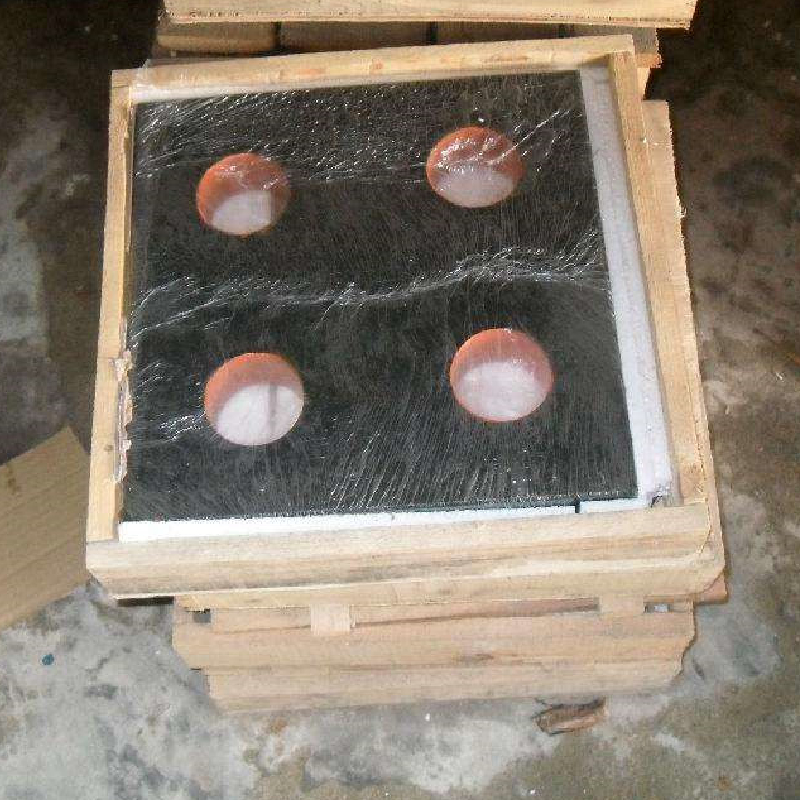Sep . 27, 2024 23:08 Back to list
Understanding the Importance of Slow Closing Check Valves in Fluid Control Systems
Understanding Slow Closing Check Valves Benefits and Applications
In the realm of fluid dynamics and control systems, the importance of check valves cannot be overstated. Among the various types available, slow closing check valves have gained particular attention for their unique ability to mitigate water hammer and enhance system longevity. This article aims to explore the fundamental characteristics, benefits, and applications of slow closing check valves.
What is a Slow Closing Check Valve?
A slow closing check valve is a device designed to allow fluid to flow in only one direction, while also providing a controlled mechanism to close gradually. This gradual closing action distinguishes it from standard check valves, which may close abruptly, potentially causing shock waves within the piping system. Typically, slow closing check valves utilize a hydraulic mechanism that regulates the closing speed, enabling a smoother transition that helps to maintain system pressure and reduce the risks associated with water hammer.
Benefits of Slow Closing Check Valves
1. Reduction of Water Hammer One of the primary benefits of slow closing check valves is their ability to reduce water hammer, a phenomenon characterized by pressure surges that occur when the flow of fluid is suddenly stopped or changed. Water hammer can lead to equipment damage, pipe failure, and increased maintenance costs. By closing slowly, these valves minimize the sudden pressure changes, allowing for a more stable system.
2. Extended Equipment Life Equipment and piping systems subjected to water hammer experience increased wear and tear over time. Slow closing check valves help to extend the lifespan of pumps, fittings, and pipes by preventing excessive pressure fluctuations accompanied by abrupt valve closures. This characteristic not only protects the integrity of the system but also leads to decreased downtime and maintenance issues.
3. Improved System Efficiency By ensuring a steady flow without abrupt disruptions, slow closing check valves contribute to overall system efficiency. They help maintain optimal pressure levels, allowing pumps to operate more effectively. This consistent performance can lead to lower energy costs, making it an economical choice for industries reliant on fluid transport.
slow closing check valve

4. Versatility Slow closing check valves are suitable for various applications, including water treatment facilities, HVAC systems, fire protection systems, and industrial processes. Their ability to handle different types of fluids—ranging from water to chemicals—makes them versatile components in many engineering systems.
Applications of Slow Closing Check Valves
1. Water and Wastewater Treatment In municipalities where water treatment plants are essential for public health, slow closing check valves play a crucial role. They help to prevent backflow and water hammer, ensuring consistent operation and protecting the integrity of treatment systems.
2. Fire Protection Systems These valves are integral to fire protection systems, where maintaining pressure is vital. A slow closing check valve can prevent the abrupt pressure drops that can occur during emergency scenarios, ensuring that water is available when needed without risking damage to the system.
3. Industrial Processes Manufacturers of chemicals, food and beverages, or pharmaceuticals often rely on slow closing check valves to maintain quality and efficiency in their processes. By regulating the flow and mitigating pressure fluctuations, these valves help to ensure product consistency and protect sensitive equipment.
4. Hydraulic Systems In hydraulic applications, slow closing check valves can help manage the flow from hydraulic pumps or prevent reverse flow, contributing to safer and more reliable operations.
Conclusion
Slow closing check valves represent a vital component in modern fluid handling systems. Their ability to mitigate water hammer and extend the lifespan of associated equipment not only enhances system performance but also promotes safety and reliability. With their versatility across various applications, the adoption of slow closing check valves is likely to increase as industries continue to seek solutions that enhance efficiency and minimize maintenance costs. As technology progresses, advancements in valve design may further improve their functionality, ensuring they remain a cornerstone in fluid control systems for years to come.
-
Why Metric Trapezoidal Thread is Ideal for Precision Motion ControlNewsAug.05,2025
-
The Unique Properties of a Block of Granite for Industrial UseNewsAug.05,2025
-
The Role of Flanged Y Strainers in Preventing Pipeline ClogsNewsAug.05,2025
-
The Importance of Regular Calibration for Master Ring GagesNewsAug.05,2025
-
How a Cast Iron Surface Table Enhances Accuracy in ManufacturingNewsAug.05,2025
-
Comparing Different Check Valve Types for Optimal Flow ControlNewsAug.05,2025
Related PRODUCTS









